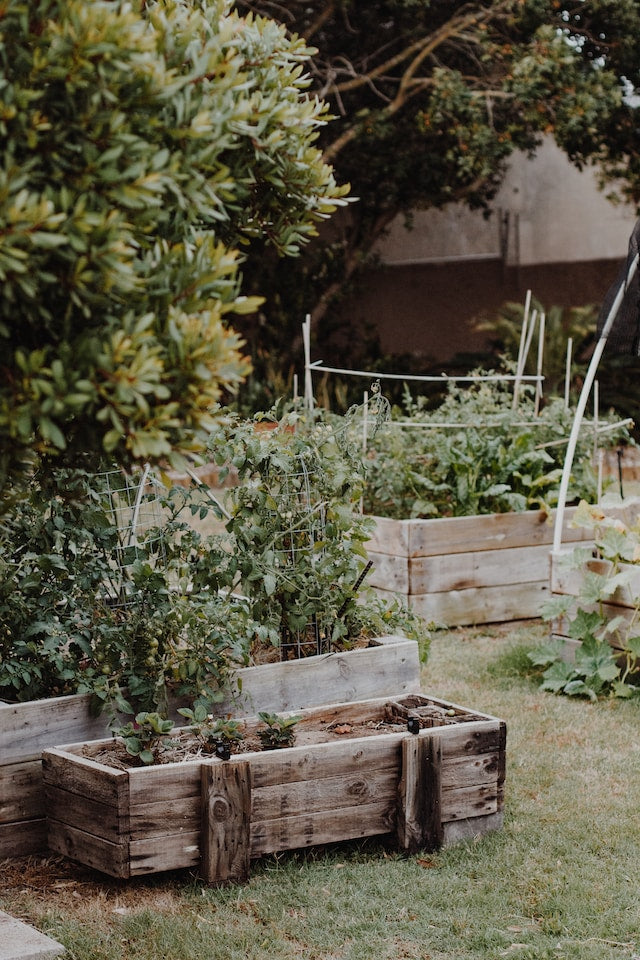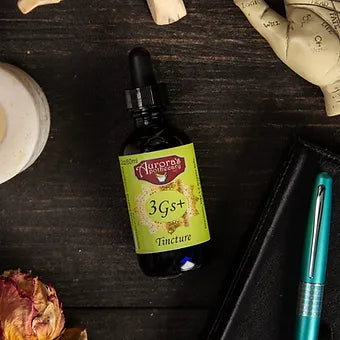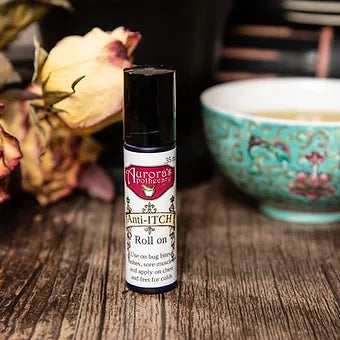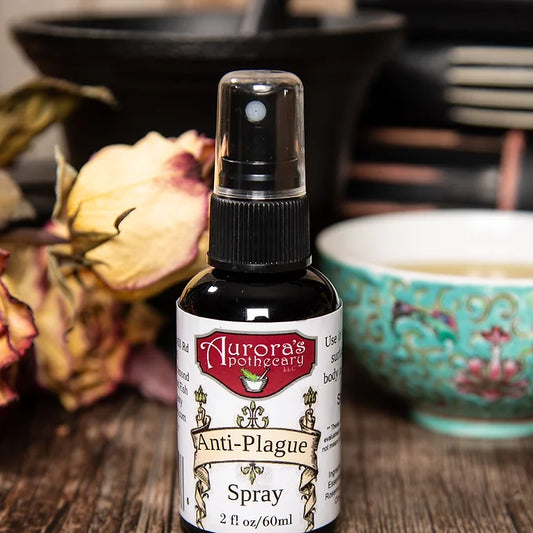Have you always wanted an herb garden of your very own? Whether you have acres of land or just a 4 foot by 4 foot area, you too can have a special space for all your herbs.
First, you have to decide which herbs you want to grow. What do you want to use them for: culinary, medicinal, bouquets, crafts? Make a list and then figure out what kind of growing conditions each one would prefer. Do they come from the Mediterranean region (where a lot of our culinary herbs come from)? If so, they will like hot, sunny, and dry areas. Anything in the mint family , (which accounts for about 40% of our common herbs), can handle some shade and wetness. If they are a native herb, (that we can find out in the wild here in Wisconsin) try to see what the conditions are in the wild and recreate that in your yard. Herbs are easy to grow, and unlike flowers and vegetables, they like a sunny spot, but don’t necessarily need one. So you can place your new herb garden just about anywhere.

Next question: Do you want a formal or an informal garden? To imagine what a formal garden looks like, picture a European herb garden where there is symmetry on each side, some kind of statue, or herb or fruit tree in the middle as a focal point and neat herb hedge borders around geometrical beds.
Most other herb gardens fall into the Informal category. Now you can decide if you want a theme for your garden. There are so many themes to choose from and you can find one that fits your needs and personality.
Here’s a list of some common herb garden themes:
~Culinary garden
~Italian herbs
~French herbs
~Salad herbs
~Salsa Herbs
~Medicinal
~ Cold and flu herbs
~ Cuts and burns herbs
~Pain management herbs
~ Tea herbs
~Herbs of the Bible
~Shakespearian herbs
~Colors
~Warm colors-Red, orange, yellow
~Cool colors- Blue, purple, pink
~Moon garden (herbs and flowers that are white, silver and gray to reflect in the moonlight)
Now before planting, you will need to prepare your space . Dig (till) the soil and get rid of all grass and grass roots (they can travel quite a ways, so make sure you get the whole root and don’t break it off and leave it in the soil to form new grass plants) You can make borders out of rocks, bricks, wood (boards or logs), or look around and see what you have. Be creative. Do you want a path through the garden? This can be made of grass (if it is wide enough for the mower), gravel, mulch, concrete, bricks or sand. Even if you have a small garden, you should have some stepping stones in it. You will want to get up close and personal with your herbs because you will be harvesting them all summer and do not want to step directly on the soil, otherwise it will compact on the roots of the plant. So, if you need to get into the garden beyond what you can reach from your path, drop a stepping stone!
The final step is welcoming your plants to their new garden home. You can start your herbs from seed or buy already started plants from your favorite greenhouse or herb shop. If you are going to grow from seeds, most herbs will need to be started indoors a couple of weeks before your last frost date. (the seed packet should have this information) here in Northeast Wisconsin, our last frost date is usually in the beginning of June, or late May if we are lucky. Plant herbs after the soil and the air has warmed up. Stay tuned for articles about how to harvest your herbs and harvesting your own seeds from your herb plants to plant the next year or share with friends!
Happy Planting!!!





